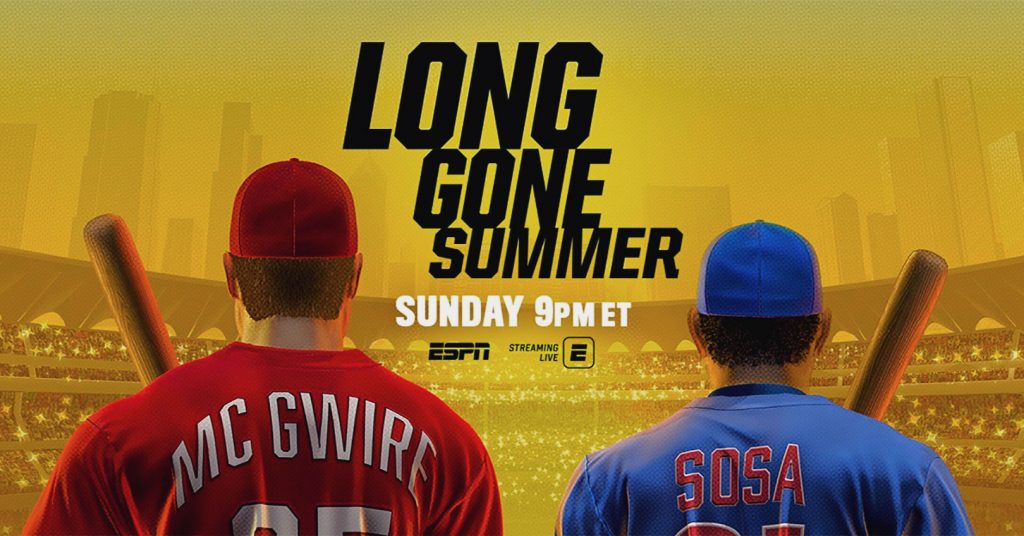
Following the 1994 strike between the players’ union and owners of Major League Baseball (funny how some things never change, going by the recent labor disputes between the two sides in the news), the sport had taken a massive hit in popularity among the general public, who were more enthralled with the exploits of Michael Jordan’s Chicago Bulls and the Dallas Cowboys’ dynasty in the NFL. Under the direction of AJ Schnack, ESPN’s new 30 For 30 film Long Gone Summer takes a look back at the 1998 home run chase between the Cardinals’ Mark McGwire and the Cubs’ Sammy Sosa to break Roger Maris’ at-the-time record of 61 dingers in a season.
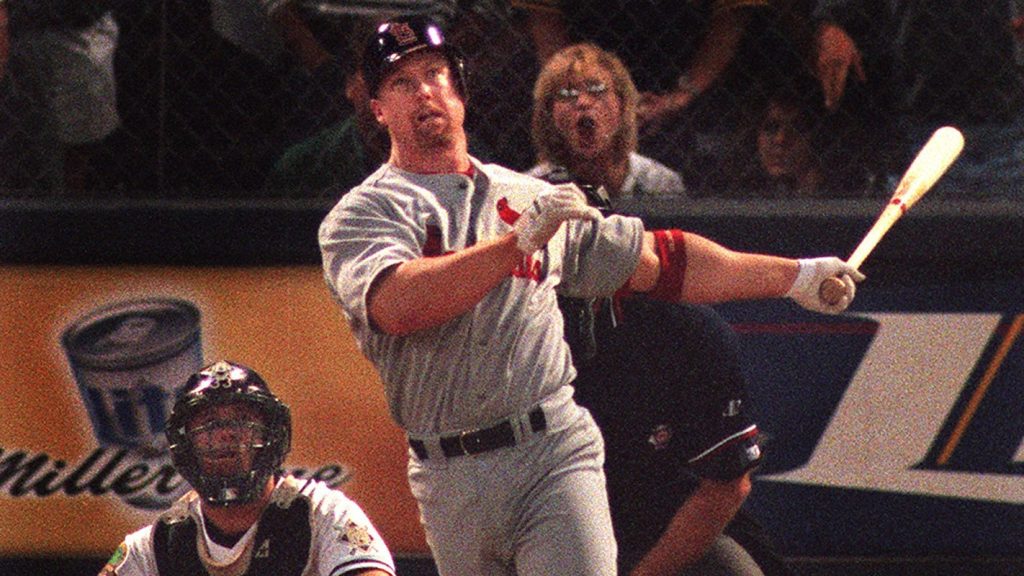
As a kid, I was lucky enough to have been at Busch Stadium the day McGwire hit his 60th to tie Babe Ruth, and I can attest to it being an intense experience with one of the most raucous crowds I’d ever seen at the park. It was truly a revitalization of MLB’s commercial platform. Nevertheless, fond memories don’t necessarily mean I wouldn’t have preferred a more candid and objective examination of baseball’s steroid woes, a subject that needed way more attention here.
You can expect plenty of reminiscing on the part of McGwire and Sosa, who discuss their backgrounds and approaches to the game as the season went on, as well as fans from both sides of the STL-Chicago rivalry. And there are a couple of compelling parts when they go into how the pressure of breaking the record affected them, as it did Maris in his legendary season. But throughout their detailing of the home run chase, I was waiting for the film to get into the substance and nuances of the performance enhancement controversy. After the brief ten minutes or so about the fallout, I thought to myself “that’s it?”

Was this made for people outside of the Midwest part of the country in mind at all? It felt like a love letter solely for two fanbases, because Mark and Sammy’s 1998 seasons crossed over from sports fandom into the mainstream imagination, and there are plenty of clips with the two working the red carpets and late-night talk circuit- often with a degree of reluctance on McGwire’s part, the more reserved of the two- unlike Sosa and his playful embrace of the spotlight.
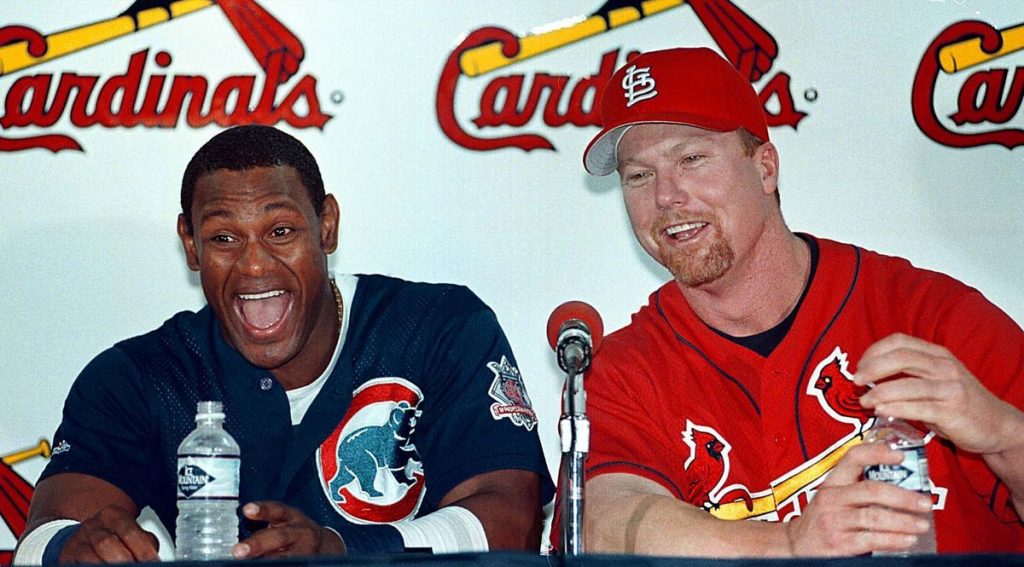
After hall-of-famers Ozzie Smith and Ryne Sandberg retired, both clubs were missing a “face of the franchise” marquee player, and the two bashers were easily able to fit those respective slots. This in part helped both St. Louis and Chicago become higher-profile baseball towns for aspiring talent to head towards, and in turn both the Cardinals and Cubs have seen great postseason success through this early century.
Now a lot of fans have begun to reassess this period’s home run surge due to anger regarding the sign-stealing scandals from the past couple of seasons, wondering if it was really that egregious in comparison. For all their muscles, McGwire and Sosa’s strongest aspects to their game may have been their batting eyes, and it can be tough trying to identify the right pitch in a split-second- something that wouldn’t be an issue if the batter knew what was coming ahead of time. And granted, there’s been a strong history of enhancement use since the early days of baseball, of which this special only briefly touches on.
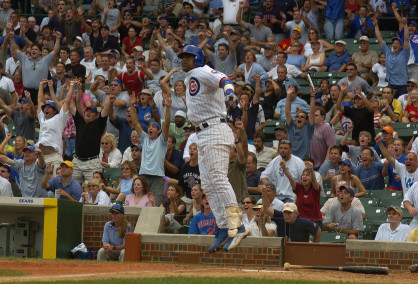
But- and this is regardless of whichever side of the debate one stands on- the numbers put up by the power hitters (and pitchers, in some cases) throughout this era were so jarring that it’s understandable why people are so either down or skeptical about it.
Sportswriters and Hall of Fame voters haven’t been too pleased with it, so I would have liked to have seen some more perspective from those who were voting against Sosa and McGwire, who have both either admitted to or tested positive for illegal substances, for Cooperstown. And yes, seeing Mac go into the Cards franchise’s hall is nice and all for me as a fan, but why doesn’t this film touch on the harder topics?

Let’s have that conversation, I say. Mike Bush is someone I grew up with on my NBC affiliate KSDK, so I know he’s going to have a fonder viewpoint, as would Mike Shannon from KMOX. It’s obvious what it meant to the late great announcer Jack Buck, his “Look-at-there” call of Mark’s record-tying home run is iconic.
And I’m not asking for either Sammy or Mac to be totally buried here, either. But many fans to this day still feel burned by the enhanced players of the late 90s and 2000’s (Barry Bonds is only mentioned in a brief clip), and it took some time for people to re-evaluate McGwire and Sosa, while others still don’t.
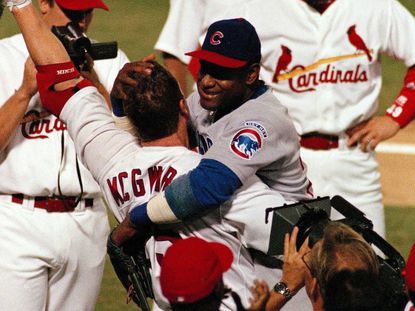
Overall, my thumbs are in the middle for Long Gone Summer because there was a lot for me to like, but it needed more meat on the bones. This is a documentary created for nerdy fans like me who love stats and numbers, and there’s a genuine sweetness to the tone as you can tell how impactful the 1998 season was for so many people. But a less-biased look at the darker aspects would have really elevated this film. If you’re a die-hard baseball fan who was thrilled by this era, it could be an enjoyable experience.
Still, unless you’re a Cards or Cubs supporter, I wouldn’t recommend this if you’re interested in a serious look at enhancement usage in sports. But what did you think? If you have a take on it, swing by @official_FAN on Twitter as always and let us know your thoughts!
